 | Nicolas Pike - Algebra - 1808 - 470 pages
...brought into one name, and the third into the lowest mentioned, then proceed as in the common method, by multiplying the second and third terms together, and dividing the product by the first, and the quotient will be the answer, in the same name as the third term was reduced into. 54. If 15... | |
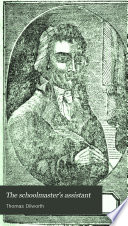 | Thomas Dilworth - Arithmetic - 1818 - 222 pages
...iban the second in the like proportion. •Q. How is the fourth term in Direct Proportion found ? A. By multiplying the second and third terms together, and dividing the product by the first term. Q, What proportion doth the fourth number bear to, anj •other ? A. It bears the same proportion... | |
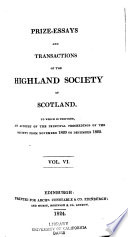 | Cesare Blasi - Architecture - 1824 - 756 pages
...Three, thus L. 125,036.953 : L. 1 :: L. 128,753.706. And the question being wrought in the usual way, by multiplying the second and third terms together, and dividing the product by the first, the sum of L. 1.029725 is obtained, which forms the fourth term of the proportion. v. Accordingly,... | |
 | Thomas Smith (of Liverpool.) - 1830 - 282 pages
...proportion, as I have just taught, the first term is reduced in like manner. And then, the work of multiplying the second and third terms together, and dividing the product by the first, brings out the answer, not in pence, mind, not in the denomination into which you reduced the first... | |
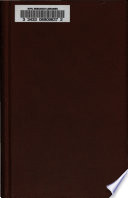 | James Bates Thomson - Geometry - 1844 - 268 pages
...which is commonly called The Rule of Three. Three numbers are given to find a fourth, which is obtained by multiplying the second and third terms together and dividing the product by the first. PROPOSITION VI. THEOREM. If four magnitudes are such, that the product of two of them is equal to the... | |
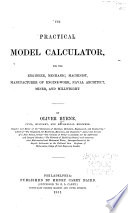 | Oliver Byrne - Engineering - 1851 - 310 pages
...and third terms, and the first with its terms inverted as in Division, for the answer. This is only multiplying the second and third terms together, and dividing the product by the first, as in the Rule of Three in whole numbers. If f of a yard of velvet cost f of a dollar, what will ^... | |
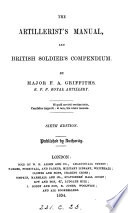 | Frederick Augustus Griffiths - Artillery drill and tactics - 1854 - 406 pages
...resolve it like any other proportion, in which a fourth term is to be found from three given terms, by multiplying the second, and third terms together, and dividing the product by the first. Note. — Every triangle has six parts — viz., three sides, and three angles ; and, in every case... | |
 | Barnard Smith - Arithmetic - 1854 - 368 pages
...we shall obtain the abstract number which will show us how many pence there are in the required sum by multiplying the second and third terms together and dividing the product by the first ; and then by treating this number as concrete, that is, as so many pence, we have the required answer... | |
 | Elizabeth Missing Sewell - 1858 - 670 pages
...eleven years of age, who had been vainly striving for the last half-hour to understand what was meant by " multiplying the second and third terms together, and dividing the product by the first," retired in despair, a few tears falling upon her slate as she left the apartment, and effacing the... | |
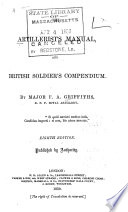 | Frederick Augustus Griffiths - Artillery - 1859 - 426 pages
...resolve it like any other proportion, in which a fourth term is to be found from three given terms, by multiplying the second and third terms together, and dividing the product by the first. Note. — Every triangle has six parts — -viz., three sides, and three angles; and, in every case... | |
| |